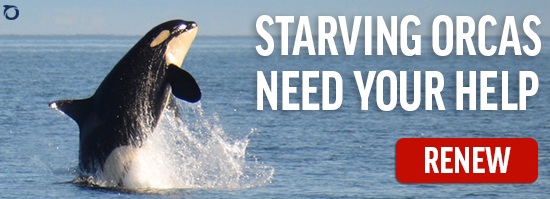New year and new baby North Atlantic right whales, Whale and Dolphin Conservation (WDC), Belugas held in Whale Jai in Russia, Yogscast, Princess Angeline (J17), Scoter (K25), Sonars and the anti-whaling march in London are all reported on at 'A Whale of a Week'!
New year and new baby North Atlantic right whales

2019 has started out with a whale of a tale, three North Atlantic Right whales have been born! This is big news because the population is in crisis. In the 19th century, their population was devastated by whaling. It’s likely that they were named ‘right whale’ because they were the ‘right’ ones to hunt – slow-moving, surface-dwelling animals that migrate close to the coast.
In the 1990s, North Atlantic right whales hit a population low of 270 animals. After that, they started making a fragile recovery, but ship strikes and entanglement in fishing gear made 2017 a crisis year for right whales. There were 17 confirmed mortalities – 12 in Canadian waters – and no new births. Today, there are approximately 400 North Atlantic right whales remaining. However, the last few weeks have brought so much hope to whale lovers with three new right whale calves - the first babies to be seen in over a year.
Meet the new calves
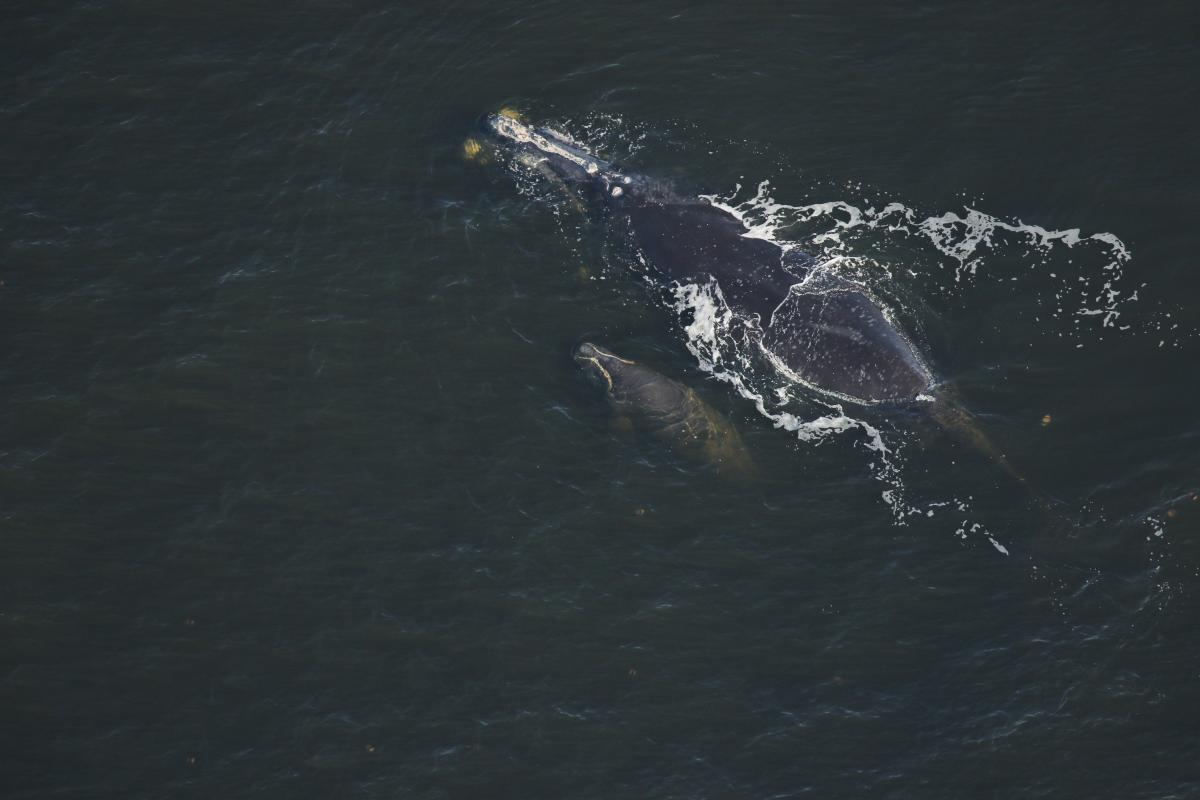
The first right whale calf was initially spotted on December 28, 2018, with a second confirmed sighting on January 1, 2019. The calf’s mom is known as #2791, she is at least 22 years old and this is her third known calf. She is pictured here swimming alongside her less than two-week-old calf. (Florida Fish and Wildlife Conservation Commission, taken under NOAA permit 20556-01)
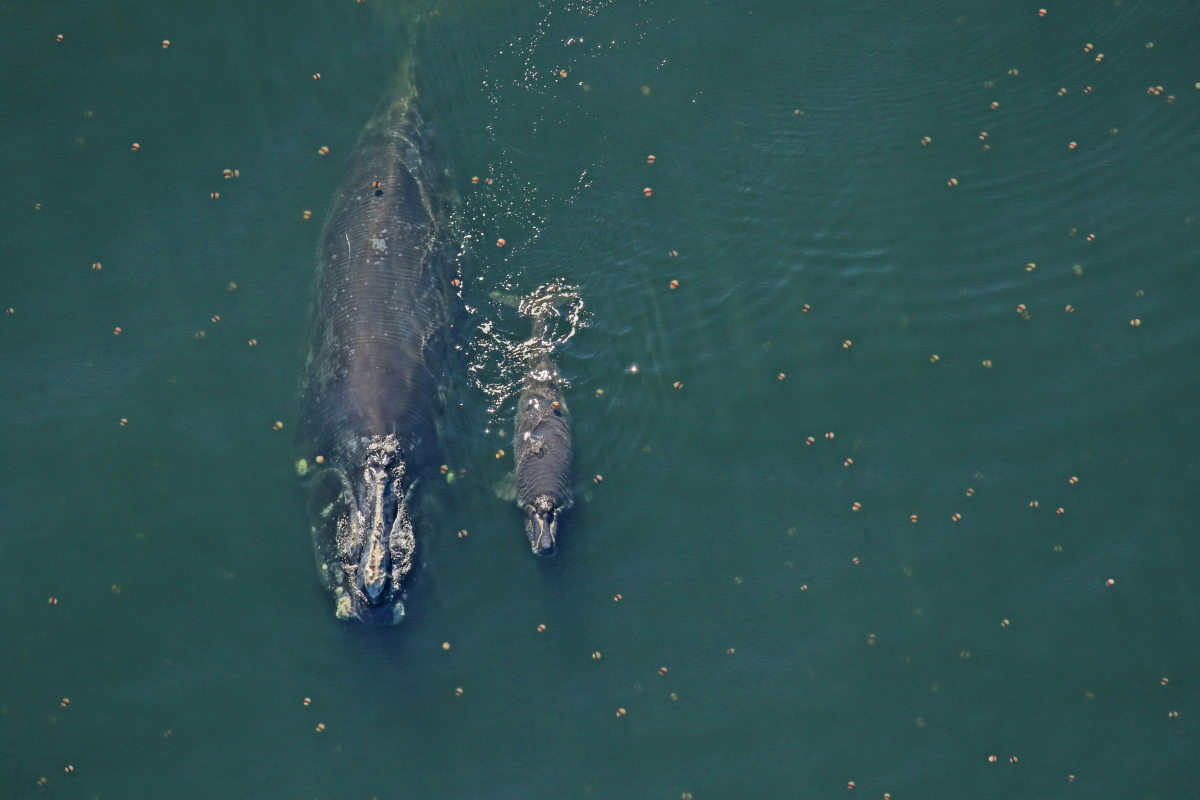
The pair were spotted again on January 6th and 7th by Florida Fish and Wildlife Conservation Commission; this photo shows them among a bunch of cannonball jellyfish near Fernandina Beach, Florida. (Florida Fish and Wildlife Conservation Commission, taken under NOAA permit 20556-01)
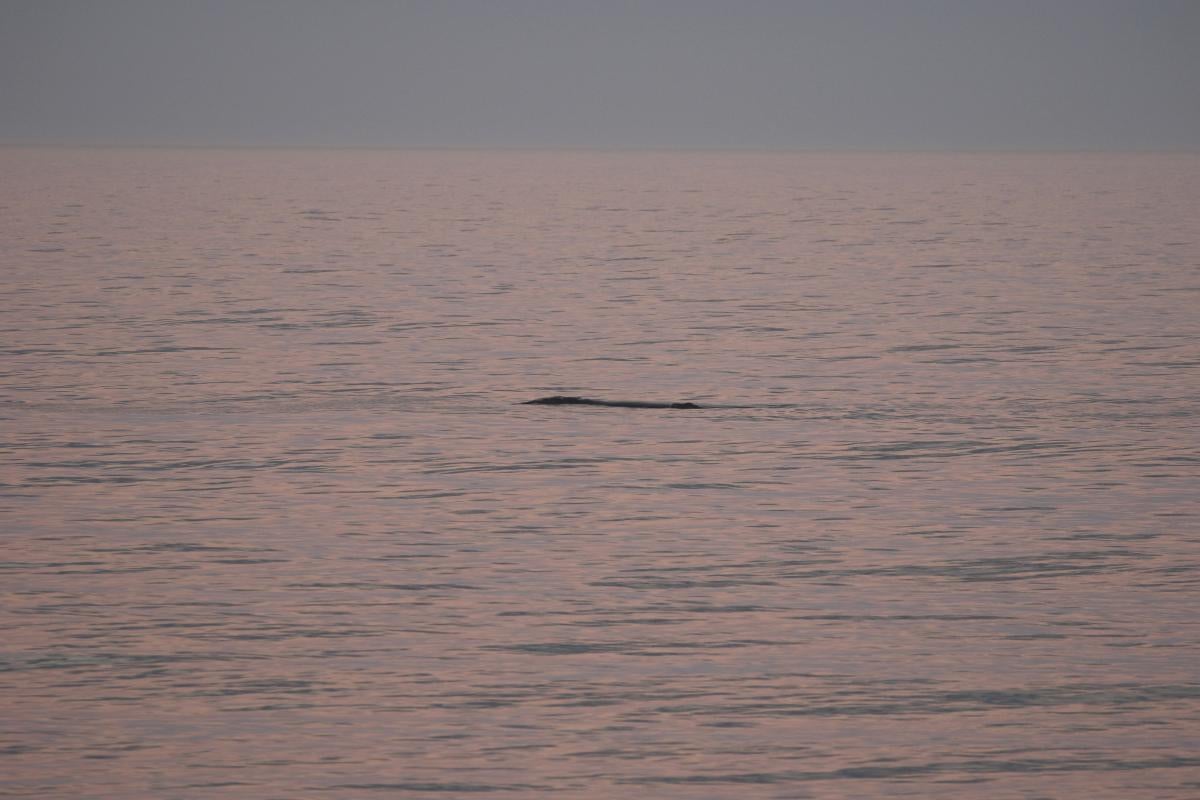
More good news came on January 13th. At around sunset a second calf was spotted near South Ponte Vedra Beach, Florida. The mother of this calf has been identified as #3317. (Florida Fish and Wildlife Commission)
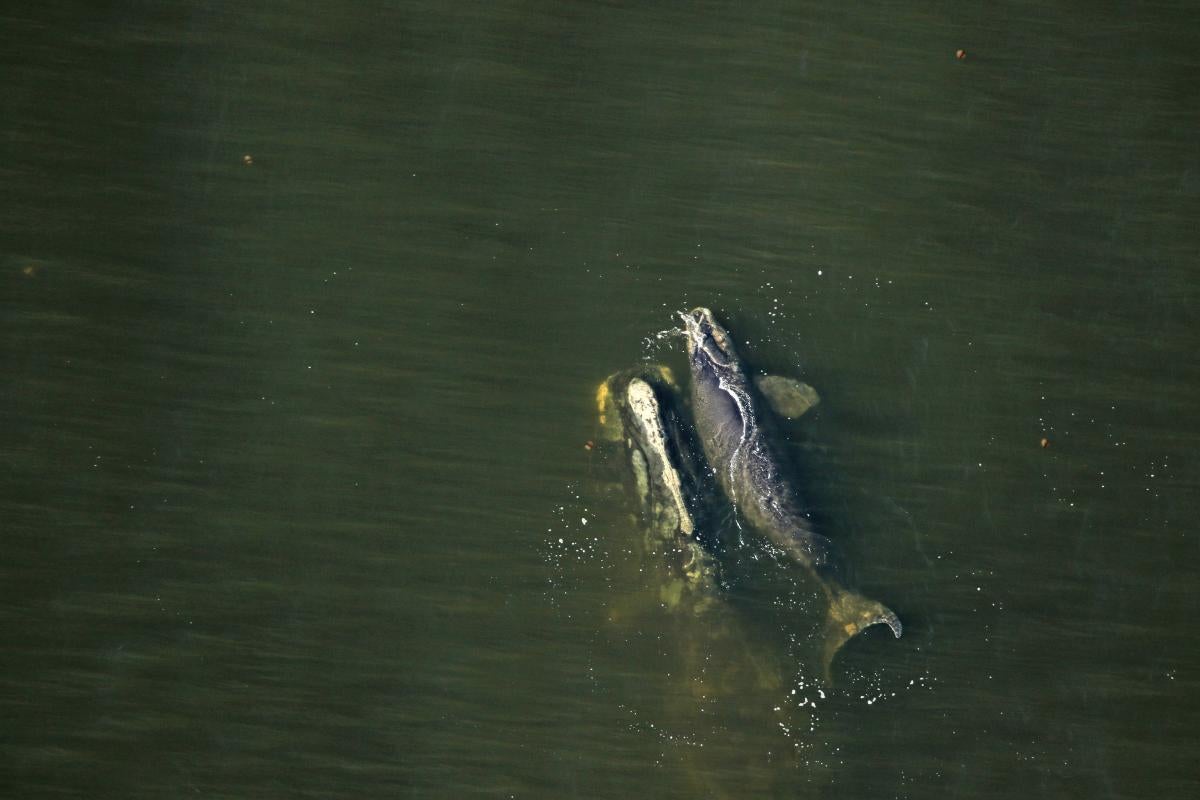
The third baby was spotted for the first time only two days ago! The calf was spotted with her mother, #1204. She is at least 37 years old and is one of the most prolific mothers of the North Atlantic right whales, giving birth to her first known calf in 1988. (Florida Fish and Wildlife Conservation Commission, taken under NOAA permit 20556-01)
Right whale calves nurse for the first one to two years of their lives and remain close to their mothers until they reach sexual maturity at around age 10.
They usually give birth in the southern United States, off the coasts of Florida and Georgia, in the winter months and many whales travel north and feed in waters off the Maritimes, Quebec, and the United States. That means there is a possibility that these babies could be seen in Canadian waters this summer!
If North Atlantic right whales are to avoid extinction, deaths from fishing entanglement and ship strikes must stop – this imperiled species also can’t afford additional stressors.
Oceana is working in Canada and the United States to save these whales. Join us.
|
| ||||||||||
| ||||||||||
|
|
| ||||||
|
|
| |||||
|
|
| ||||||
| ||||||
| Without help, both orcas could die by summer. |
Every dollar donated before January 31 will go toward the Oceana Tide Pool, which means it will be used to match future Wavemaker contributions and help save orcas and other marine life facing some of the greatest dangers our oceans have ever seen. Your generosity will inspire other Oceana supporters to follow your lead.
The main reason these orcas are starving to death is clear: There’s not enough Chinook salmon. Many Chinook salmon populations important to Southern Resident orcas are at a small fraction of once healthy levels. Like the orcas, some Chinook are also at risk of extinction. Lack of salmon, paired with increased toxins and vessel disturbance, have created a deadly trifecta of threats pushing these critically endangered orcas closer and closer to extinction.
But new life reminds us that it’s not too late to save these beloved orcas from extinction. A new calf, optimistically named Lucky (L124), was spotted this month. We’re waiting with bated breath. Lucky’s birth is exciting news, but scientists worry the calf may not survive. About 40 percent of calves don’t make it past their first few years.
The heart-wrenching loss of the last Southern Resident orca calf is still seared in my memory. Last summer, Tahlequah (J35) mourned the death of her newborn calf by carrying it for 17 days and over 1,000 miles while the world watched on. Lucky can’t meet the same horrific fate.
We have a plan to help save these orcas. In December, Washington state Governor Jay Inslee proposed a robust, multi-pronged recovery plan, which includes a substantial financial investment for Chinook salmon recovery to save Southern Resident orcas from extinction. Oceana continues to engage with local stakeholders to provide guidance and ensure the recovery plan adopts effective, ecosystem-based measures.
The momentum we’re seeing across industries to save these orcas is encouraging, but here’s the thing, it’s not too late for us to rescue Southern Resident orcas from extinction.
|
| ||||||
|
Don Lichterman
Sunset Corporation of America (SCA)
Sunset TV
Sunset Television Network
Sustainable Action Network (SAN)
